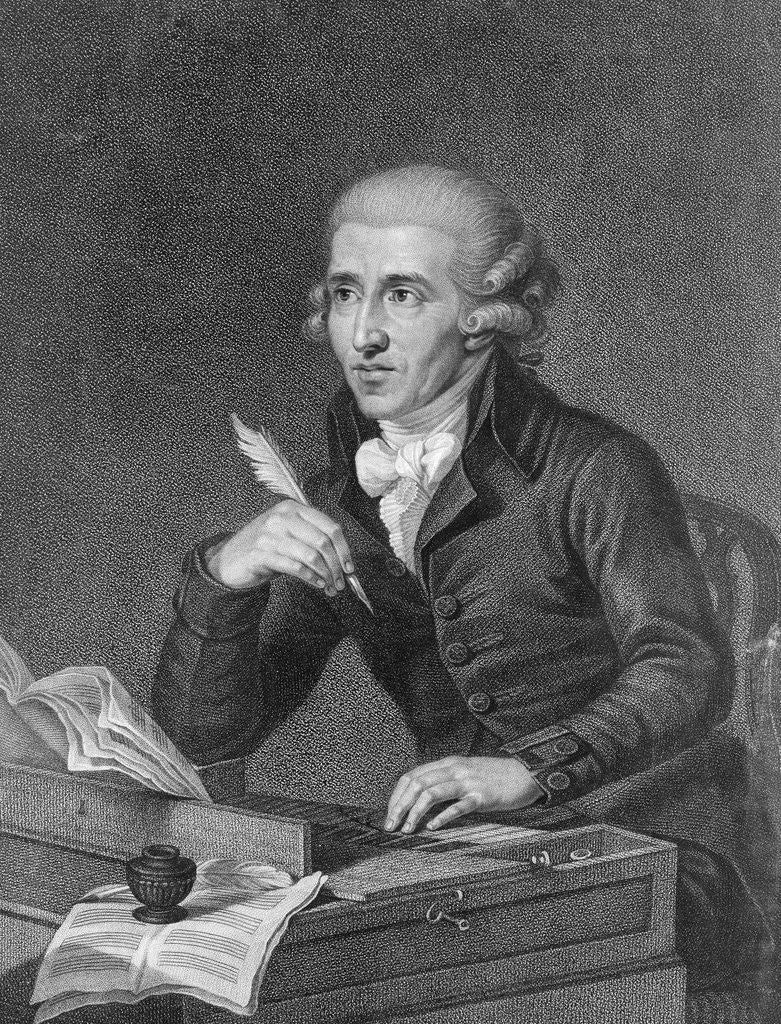
JOSEPH HAYDN COMPOSITIONS FULL
The charmingly poised opening melody, the sudden entry of the full orchestra is a real surprise.


Thisis swiftly usurped by faster, more exuberant music that makes frequent use of trumpets and drums. Taking advantage of a far larger orchestra than he was used to in Vienna, this work features some of his most majestic music.įIRST MOVEMENT (ADAGIO ,ALLEGRO, 8:05) After a solemn introduction in the minor key, the main theme of the Allegro is surprisingly lyrical.
JOSEPH HAYDN COMPOSITIONS SERIES
This was his final work in the series -and in the genre. Twelve of Haydn’s later symphonies are known collectively as the THIRD MOVEMENT (MENUETT0, ALLEGRO 4:00) Exuding charm and jovial good humour, the Minuet leads into a folk like Trio, featuring a droning bass over a fragmented minor- key melody.įINALE (ALLEGRO M A NON TROPPO 4:00) At first deceptively amiable and laconic, even perhaps reminiscent of English folk song, the pace of the finale changes drastically towards the end, concluding the quartet with an effervescent flourish. SECOND MOVEMENT (ADAGIO 6:00) A serene meditation with subtle interplay between the instruments, this movement, in the tradition of all the greatest chamber music, removes the listener from all that is mundane.

The later passages have an expansiveness that is almost Romantic. The spacious improvisatory violin ascending over a single chord that opens this piece led to comparisons with a sunrise, giving the work its nickname. No longer composing sonatas and symphonies, he turned once again to the more private medium of the string quartet, distilling the experiments of a long career into eight final works that demonstrate his total mastery over the genre which he had himself invented.įIRST MOVEMENT (ALLEGRO CON SPIRITO 8:00} Having decided not to move to England, Haydn returned to Esterhaza in 1795, where his duties were now far lighter, and his international fame made him more of a trophy than a servant.


 0 kommentar(er)
0 kommentar(er)
